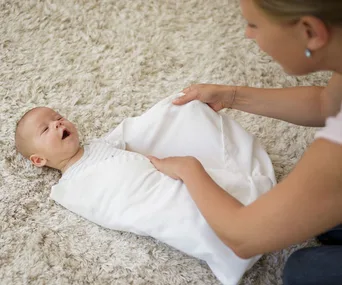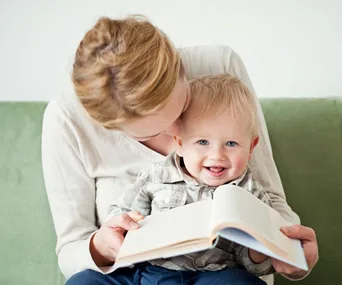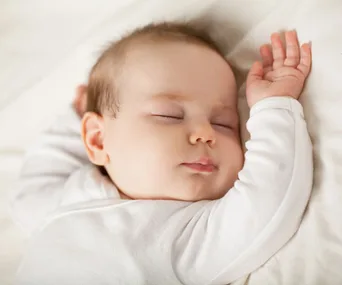Your body
It’s about 266 days since conception (or 280 since the first day of your last period), and the end of pregnancy is in sight. You may be savouring the last few days of nurturing your baby inside your body; but it’s more likely that you’re desperate to meet her and get your body back!
Did you know?
Despite your fears about finding yourself standing in a puddle at the supermarket, the waters (the protective bag of amniotic fluid that surrounds your baby) don’t usually break until labour, when the pressure of the baby moving down forces them out.
Your baby
Your baby weighs about 3.25kg – if you’re having a boy, he may be heavier, as boys tend to weigh slightly more at birth. Her crown to rump length is about 36cm and her total length is 48cm. The layer of fat beneath her skin is still increasing to help control her body temperature in the world of draughts, central heating and changing weather.
A head start
The circumference of your baby’s head is 35cm – about as wide as your chest. But before your eyes start watering at the prospect of pushing her out, bear in mind that nature does give you a helping hand.
Your baby’s skull is made of five ‘plates’ of bone that are not yet fused together. Between the skull plates are the fontanelles – soft spots – which allow the skull bones to be pushed together, and even overlap if necessary.
This clever design means that, during birth, your baby’s round head can be temporarily squashed into a more elongated shape to enable it to pass through the cervix. After birth, her head will gradually return to its normal round shape again.

Smuggling a basketball or 39 weeks pregnant?
(Credit: Getty Images)Did you know?
The fontanelles (see ‘A head start’, above) in your baby’s skull won’t close until she’s about 18 months old.
Saving her breath
While the rest of her organs are fully developed, your baby’s lungs are the last to reach full maturity. She’s producing a hormone called cortisone that helps her lungs mature enough to breathe air at birth.”



